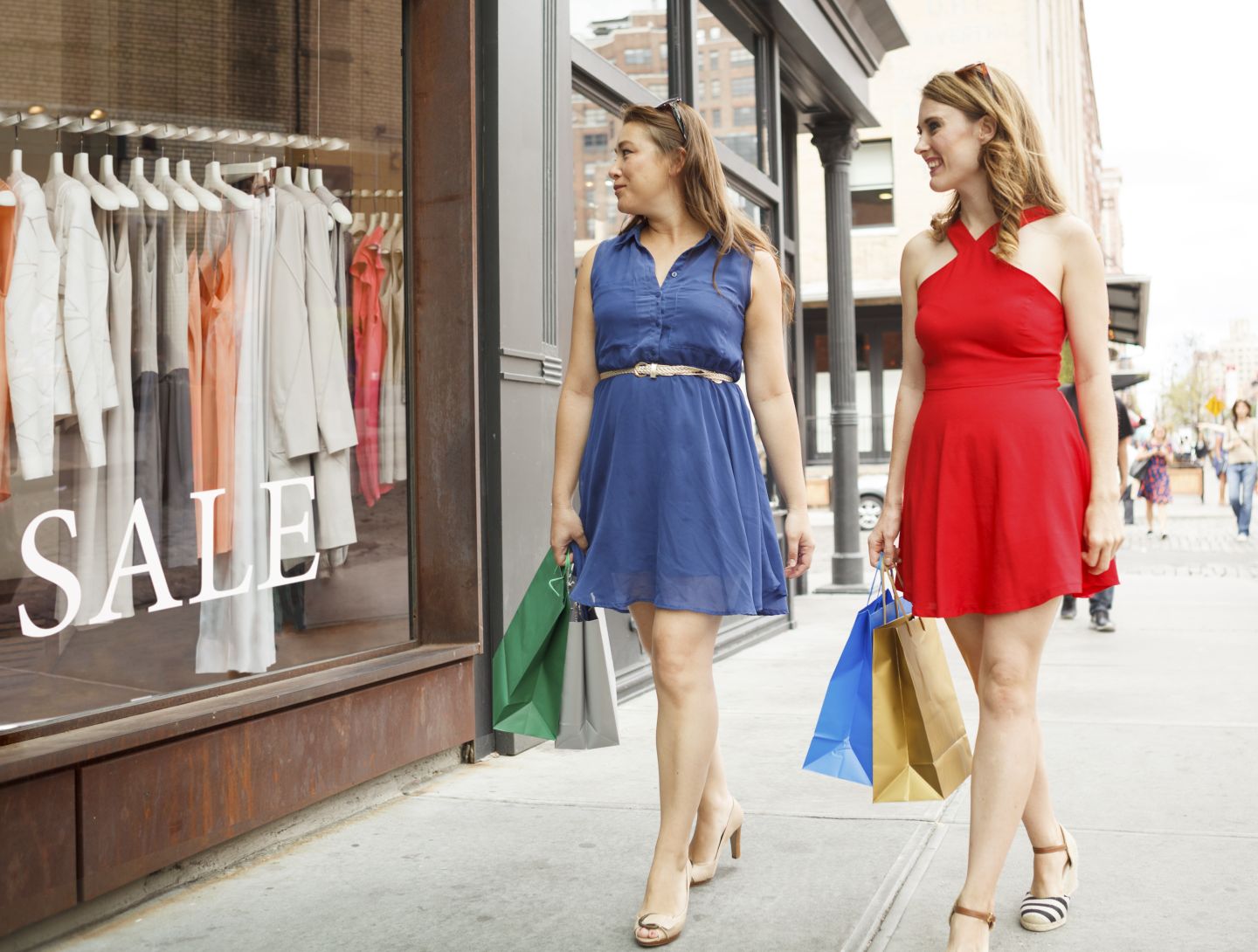Last week we talked about how despite retailers’ existential crisis regarding showrooming, webrooming is on the rise and, much to people’s dismay, is actually more common than showrooming.
This surge in webrooming is shifting the opportunity back to brick and mortar stores – with smart retailers taking action and working actively to capture those potential sales.
But, what are these retailers doing to both win in-store sales from webroomers and drive purchases across channels?
Embrace Webrooming: shoppers expect a continuous customer experience across all channels. As such, leading retailers are launching initiatives to expand consumers’ access to information online, while simultaneously maintaining control over their path to purchase by emphasizing brick and mortar locations as the final destination. Some tactics include:
- Offering Free Wi-Fi: some retailers have begun to install free Wi-Fi in their stores. While this may seem counter-intuitive – why give customers an even easier way to look up product reviews and prices online? – providing free Wi-Fi is a way to keep in-store customers happy and also encourage the use of a retailer’s own mobile sites and apps.
- Online Ordering, In-Store Pickup: retailers from Target to The Container Store have integrated their online and offline stores in order to provide customers with online ordering and in-store pickup options. Taking this a step further, Sears recently introduced online ordering with drive-thru pick-up.
Adapt Business Models: consumers drive today’s retail market – meaning retailers must adapt their business models to meet the needs of the constantly changing consumer. Retailers can tap into the opportunity webrooming provides, improve customer satisfaction and boost loyalty by adjusting business models to provide better experiences across all channels. For example:
- A Connected In-Store Experience: retailers across the country are implementing and experimenting with such initiatives as using tablets and smartphones as register systems, robotic arms that deliver clothing into dressing rooms and in-store maps.
- Customer Service: retailers are working hard to make their sales associates more knowledgeable and helpful – a necessity in today’s retail marketplace where shoppers often know more about products than salespeople. In fact, better-informed sales associates is the number one factor that would make shoppers more likely to shop in-store.
Deconstruct Organizational Silos: organizational silos are the Achilles’ heel of a seamless customer experience. Retailers must stop treating e-commerce, marketing, merchandising, and in-store operations as separate divisions and realize that all touch points and interactions should work toward a unified goal: the delivery of a seamless customer experience. Approaches include:
- Bring Social and Online Trends Offline: one of the easiest ways to gain the attention of webroomers is to take the research people are doing online and weave it into offline promotions. Nordstrom, for instance, implemented an in-store program that promotes the retailer’s top-pinned items on Pinterest.
- Smartphone Savings Programs: retailers are rolling out in-store smartphone savings programs that give customers discounts through the retailer’s mobile app – which are often integrated with mobile loyalty programs where customers earn points for making purchases.
Capture Data Insights: every channel and touch point produces data that can be leveraged to understand customer behaviors and to improve customer experiences – which is more important now than ever. Retailers must understand their multi-channel customer in order to optimize webrooming opportunities and create customer experiences that meet real marketplace needs.
Both webrooming and showrooming highlight the new retail reality: consumers want a seamless and consistent retail experience – from initial discovery to purchase regardless if it’s done on a smartphone, laptop or in-person.
While seamless can be a tall order for retailers as there’s often a significant gap between consumer expectations and reality, it is achievable. What it requires is an understanding of your customers’ needs and expectations. Only then is it possible to deliver a consistently personalized, on-brand experience from start to finish.
Need help capitalizing on the webrooming trend or creating a seamless customer experience? If the answer is yes, we need to talk.


